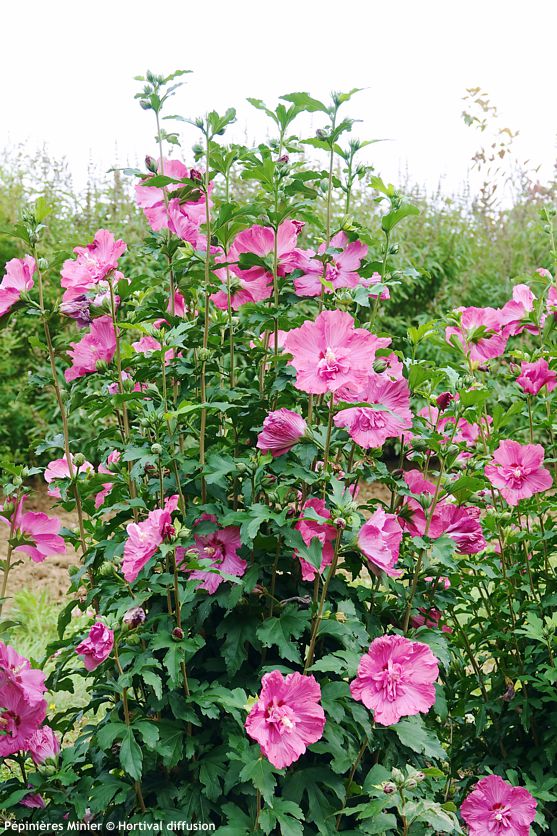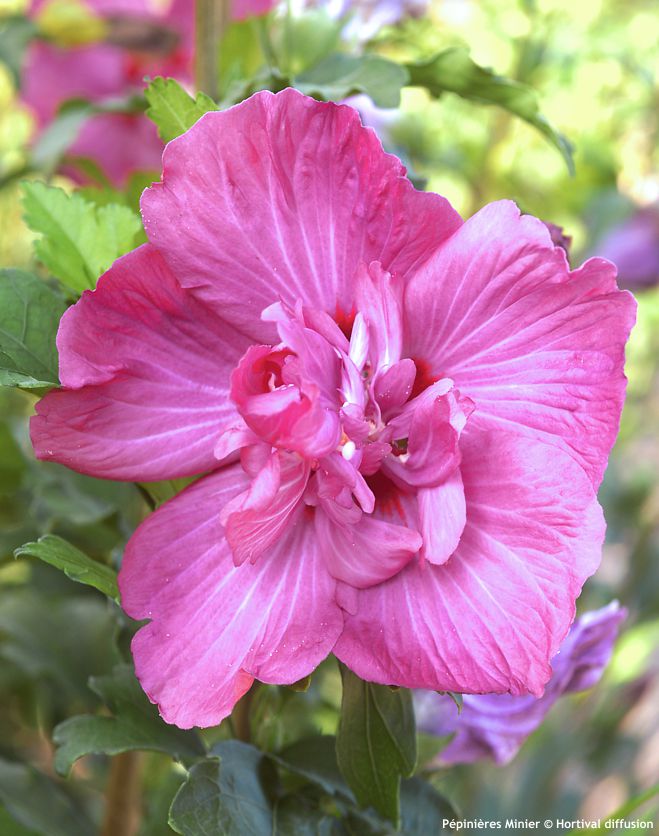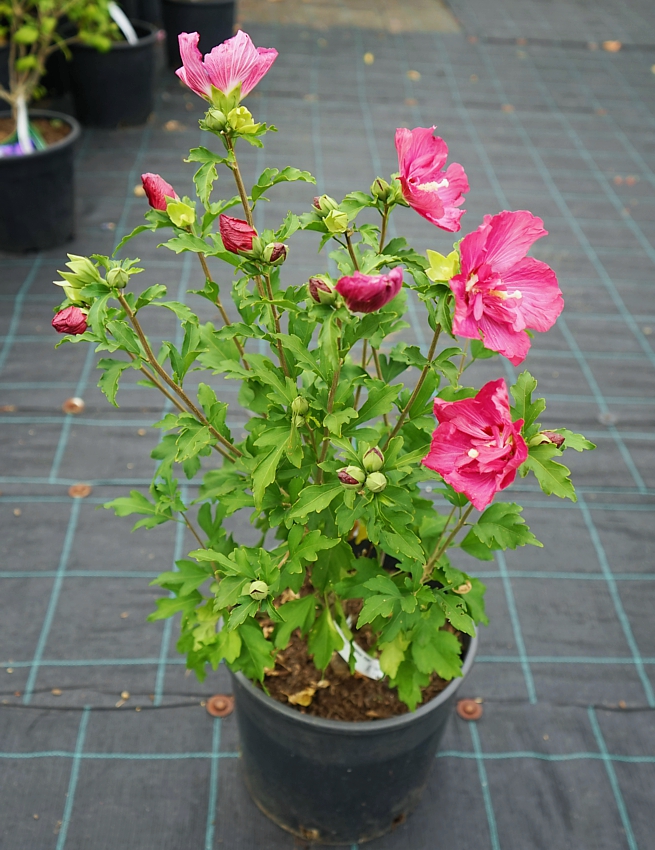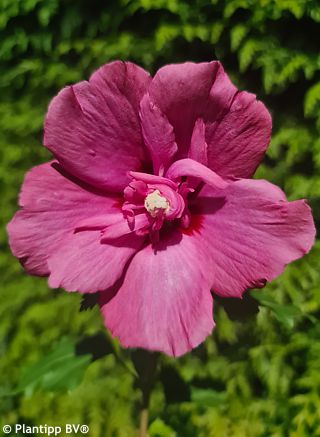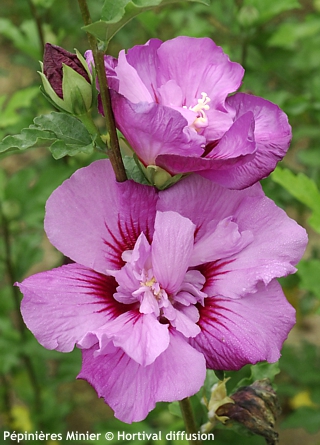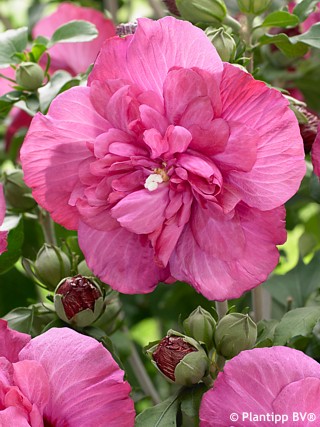Hibiscus syriacus 'Minsygdrou02' POMPEI® Rose-of-Sharon
Hibiscus
Hibiscus syriacus is a deciduous shrub from the mallow family (Malvaceae), native to East Asia – especially China, Korea, and India – and one of roughly 300 species in the genus Hibiscus. It reached Europe as early as the late 16th century, with the first recorded cultivation dating back to 1596. The species was scientifically described by Carl Linnaeus in 1753 in his work Species Plantarum. The specific epithet syriacus refers to the fact that the first specimens he studied came from gardens in Syria, although the species does not grow wild there. Interestingly, in South Korea it has become the national flower and a symbol of perseverance, even appearing in the national anthem. I still reckon that it deserves much more attention than what is actually gets because with its long summer flowering in a range of colours that can brighten any garden, I consider it an essential part of a blooming summer garden.
Its common English name says Rose of Sharon, a poetic name borrowed from the biblical Song of Songs (2:1), where the speaker declares: “I am the rose of Sharon, and the lily of the valleys.” The original Hebrew term referred to a flower growing in the fertile Sharon plain in what is now Israel, but it was almost certainly neither a rose nor a hibiscus. To this day, botanists and historians have not agreed whether it was a lily, narcissus, tulip, or crocus. Yet translations into European languages preserved the name “Rose of Sharon”, and over the centuries it came to be applied to different plants in various parts of the world – for example, in North America to Hibiscus syriacus, and in Britain sometimes even to Hypericum calycinum. This variety of usage is a simple cultural “translation shift”: people attached a familiar, poetically resonant name to plants in their region that resembled the original biblical flower – in appearance, flowering season, or symbolism.
Not many growers specialize in breeding Rose-of-Sharon, so when someone devotes themselves to it purposefully and over the long term, they soon become recognized in their field. One such prominent research station is Hortival Diffusion in France — the new name for the Minier nursery, founded already in 1838 in Anjou. They have been working on hibiscus breeding since the 1960s, with Claude Bellion as the head of the breeding programme. Under his direction, large-flowered cultivars such as Pink Giant and Russian Violet (1970) were developed. His role was later taken over by Patrick Pineau, and as of 2025, the programme is coordinated by Pierre Chaussard. Thanks to their work, we can now enjoy improved older varieties like SUP’BRIDGE and SUP’HEART, the double-flowered French Cabaret® series, and the Chateau® series, which is currently gaining popularity mainly in the USA. New cultivars continue to emerge, and thanks to our longstanding partnership with the Minier nursery, we’re proud to present their latest innovations as they become available.
When you hear the name POMPEI®, most of us think of the famous Roman city that, centuries ago, was buried under tons of volcanic ash. Perhaps it was the image of glowing energy and the dramatic colours of an eruption that inspired the creators of this Rose-of-Sharon to choose a name that conveys the same intensity – its blooms shine from afar like a volcanic explosion, though this time only figuratively and entirely safely. They have a glowing raspberry‑pink hue and a diameter of up to 10 cm, placing this cultivar among the largest‑flowered within the species. The flowers are semi‑double – five large petals are enriched with a ring of smaller, stunted ones that partially conceal the pale cream‑coloured column with stigmas and stamens, typical of the mallow family (e.g., mallows or hollyhocks). They also cover a small red eye in the centre. The shrub grows at a moderate rate (20–30 cm per year) and reaches a height of 2–3 metres, maintaining an upright, densely branched habit. It was first introduced in 2024 and is protected under patent no. PP36672 from 2025.
It has very decorative leaves that are unique. They are shallowly lobed, palmate, mid to dark green and coarsely toothed. If they turn yellow in summer the plant manifests too much water at the roots. They are either overwatered or planted in too heavy soil where it has not established yet.
Pruning is an issue that always gets me started here. Hard pruning leads to larger flowers, that's true, but also production of long, immature, flexible twigs. The only cut I recommend is such that rejuvenates old plans – prune it hard in early spring by 50-75 % and let it grow for another 10 years or so. Rose-of-Sharon is quite adaptable of soil type. It can take drought but does not look good if dry for too long. It loves moisture fully established plants thrive on occasional flooding in summer, but you cannot transplant it into standing water. Old plants dislike peat. Selective fertilizers enhancing flowering are convenient but not crucial. Place it in full sun only. Fully hardy to min. -27 °C (USDA zone 5) and not suitable for pots.
Last update 31-08-2025
Goods are shipped all over Europe. For Russia and U.K. and for further details please read about SHIPPING OPTIONS HERE.
Are you interested in a serious discount for orders NOV-FEB? Check your options here.
THE PRICES INCLUDE VAT of 15%. For quick conversion you can use 1 CZK = approx. 0.04 EUR
- STANDARD QUALITY - Plants of this group are 1st class quality with number of branches and overall density adequate to their size and age, considering they were container grown.
- DE LUXE QUALITY - This label guarantees a luxurious quality of manually selected plants that, compared to their height and age, are exceptionally dense and beautiful.
- EXTRA - These plants are usually mature and bigger specimens with exceptional overall appearance.
- STANDARD (as described in the plant form) means a tree with a trunk of 190-210 cm and a crown at the top, unless specified differently. The commercial size for trees is their girth measured in the height of 1m from ground.
- HOBBY - These plants are of the same quality as our standard-quality plants but younger and therefore cheaper.
- SHRUB - a woody plant with branches growing bushy from the ground level.
- HALF-STANDARD or MINI-STANDARD - a small tree with shorter trunk, its size is usually specified.
- FEATHERED - These are trees with branches growing already from the base of the trunk and up along the stem.
- GRASSES and PERENNIALS - Sizes given usually read the diameter of the pot or the clump, as specified.









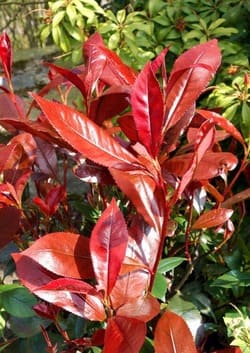
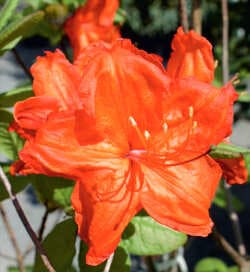

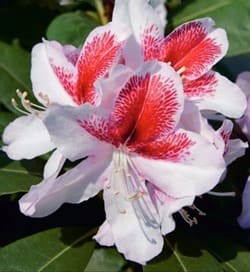


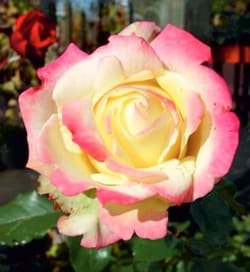
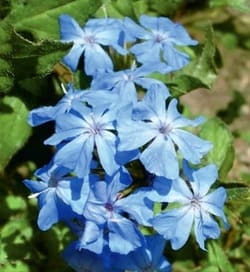
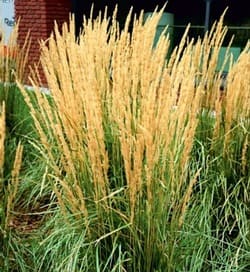
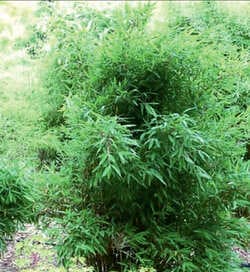

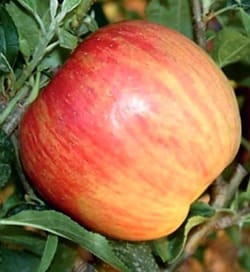
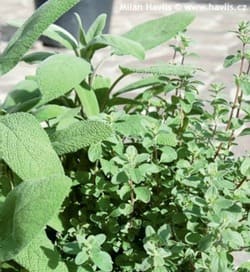
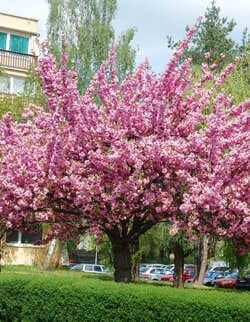
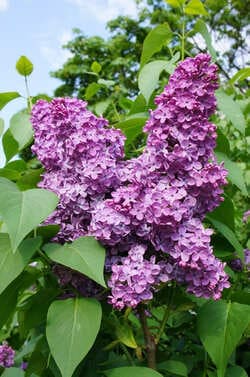
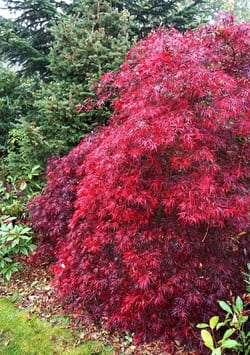
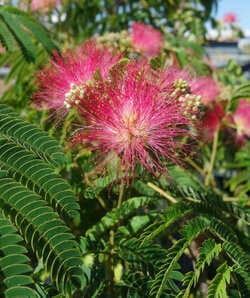
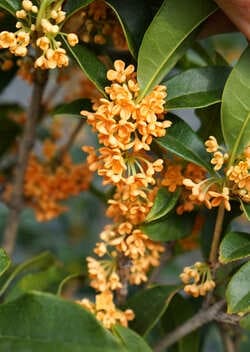



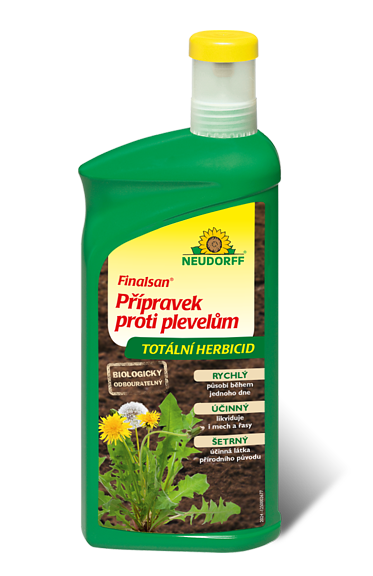


.jpg)

